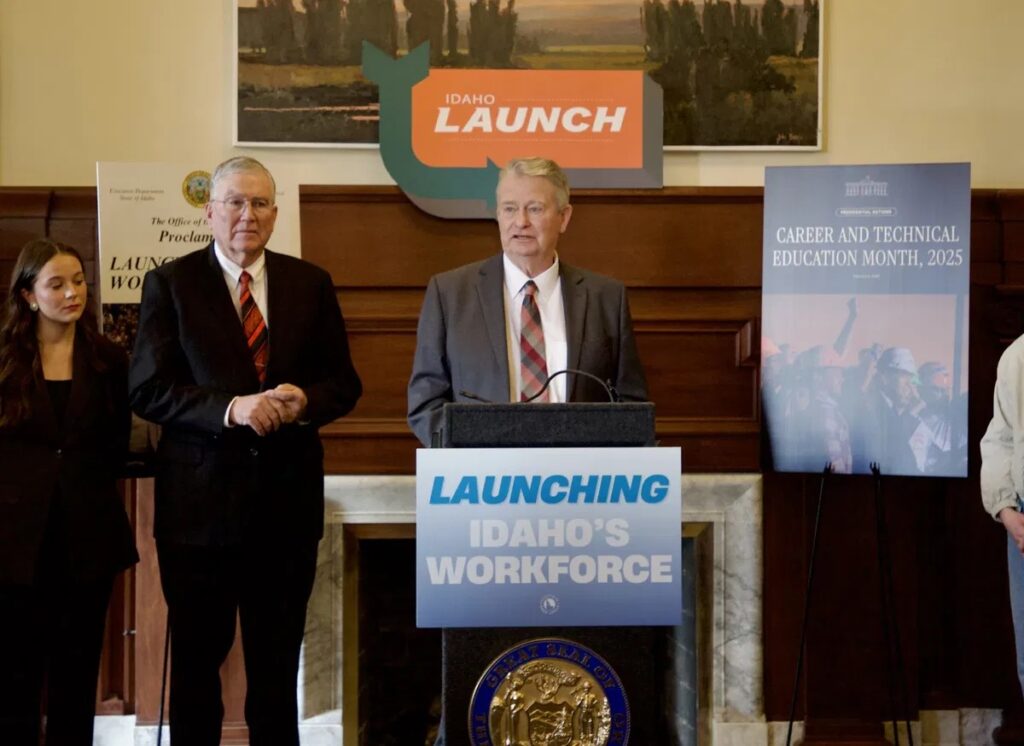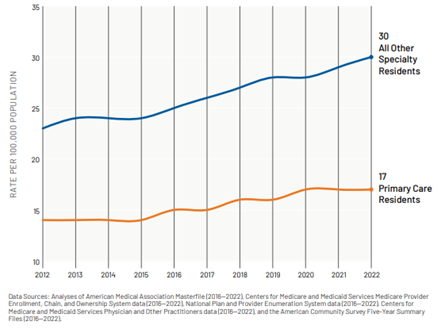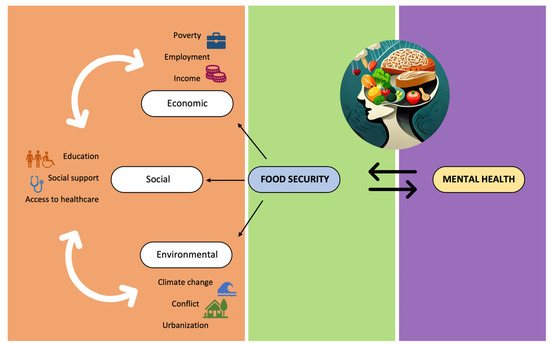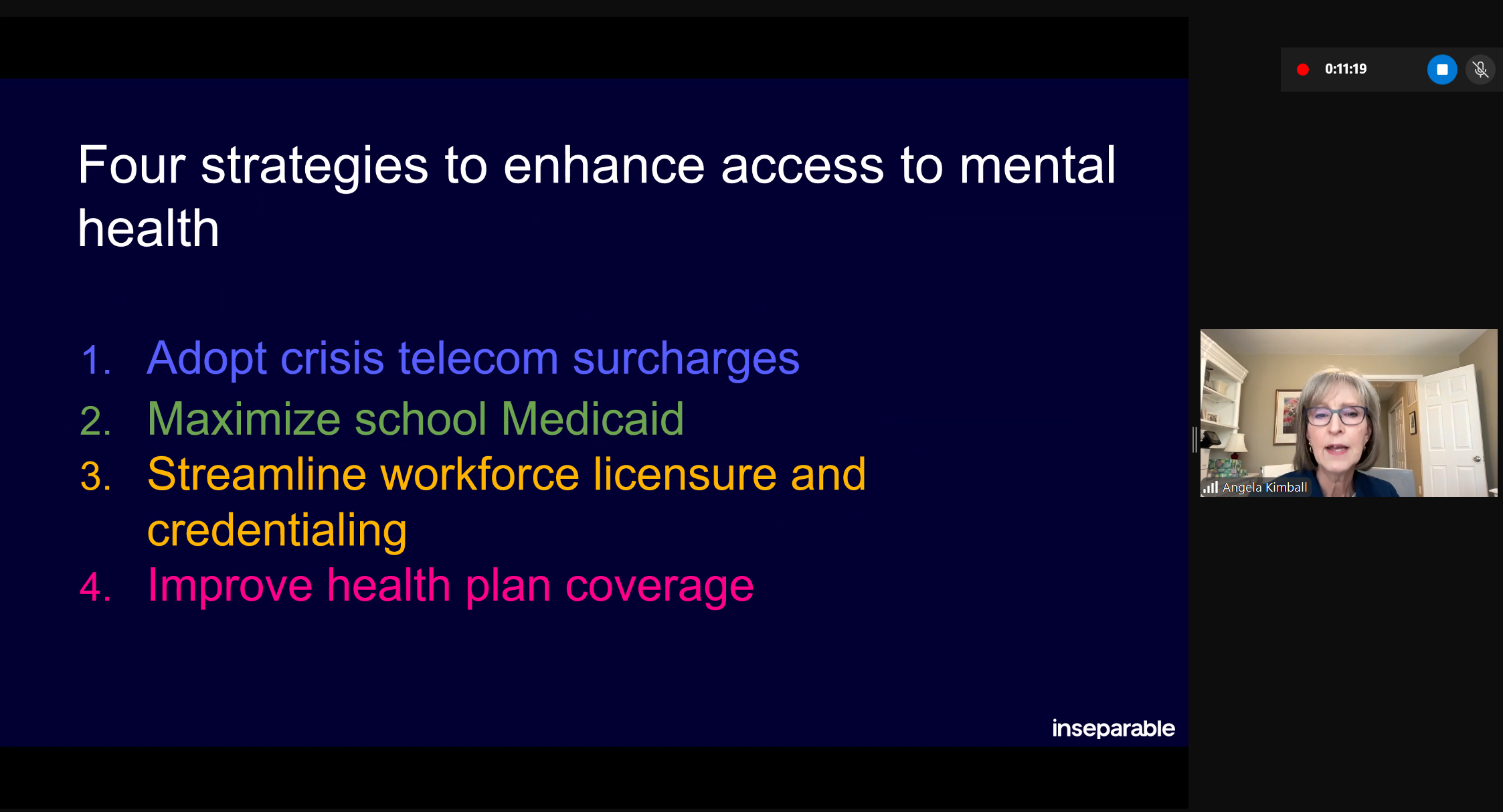Governors across the country made clear that postsecondary education remains central to their policy agendas in their 2025 State and Territory addresses—including State of the State, Inaugural, and Budget speeches. Whether introducing new initiatives or celebrating proven successes, leaders emphasized the vital role of postsecondary education in advancing economic mobility for their constituents.
Throughout the addresses, three major themes emerged: expanding access to higher education, strengthening workforce development and career and technical education (CTE) programs, and incentivizing educational attainment in high-demand sectors.
Access to Higher Education
Governors widely acknowledged the ongoing challenges people face in accessing and paying for postsecondary education and highlighted efforts to make college more attainable.
In Illinois, Governor J.B. Pritzker spotlighted initiatives such as the Huskie Pledge and Illinois Promise, which offer free college to qualifying students. He also endorsed the Public University Direct Admission Program Act, which would grant eligible Illinois high school students automatic admission to public colleges, eliminating application fees and easing uncertainty, stating that these efforts would mean “more kids in Illinois will stay and go to school here.”

Idaho Governor Brad Little praised the LAUNCH program, which covers up to 80% of tuition and fees for eligible students pursuing education or training after high school. He noted that community college attendance surged 15 percent in the past year, crediting LAUNCH with encouraging many students to consider training they might have otherwise dismissed.
Virgin Islands Governor Albert Bryan reaffirmed his commitment to the Free Tuition Scholar Program, which has awarded over $4.7 million in scholarships to more than 2,000 students. He also celebrated the anticipated opening of the Virgin Islands Technical College, which will expand flexible two-year degree and certification opportunities.
In Ohio, Governor Mike DeWine highlighted the Governor’s Merit Scholarship, which supports top-performing high school graduates who remain in-state, and the Ohio College Opportunity Grant (O-COG) for students with the greatest financial need. These programs are helping more students afford college and remain in Ohio.
Maine Governor Janet Mills noted the success of the state’s Free Community College Program, which has served 17,000 students since 2022 and contributed to the largest enrollment increase in the University of Maine System in three years. She called for permanent funding for the initiative.
Colorado Governor and NGA Chair Jared Polis echoed this sentiment, underscoring new programs like the Colorado Promise, offering two years of free higher education for qualifying students. He framed these investments as part of Colorado’s commitment to “winning the future” through expanded educational access.
Workforce Development and Career & Technical Education
Beyond affordability, many Governors emphasized the importance of aligning education with the needs of employers through workforce development and CTE programs.
Oklahoma Governor and NGA Vice Chair Kevin Stitt stressed the importance of apprenticeships, declaring, “If kids aren’t leaving high school college or career ready, we haven’t done our job.” He urged collaboration among employers, schools, and universities to expand internship and apprenticeship opportunities.
Similarly, Governor Lou Leon Guerrero of Guam shared the territory’s apprenticeship growth since 2022, positioning these programs as accessible to high schoolers, career changers, and seasoned workers alike. “No barriers, no red tape—just a pathway to a good job,” she said, noting strong employer engagement through the Department of Labor’s Registered Apprenticeship Forums.

New Hampshire Governor Kelly Ayotte proposed further investments in career and credentialing programs that enable faster entry into in-demand fields.
In Rhode Island, Governor Daniel McKee introduced Ready to Build, a pre-apprenticeship program aimed at the building trades. The initiative is designed to channel more individuals into good-paying jobs tied to infrastructure and development projects.
Texas Governor Greg Abbott declared career training a legislative emergency, pledging to expand training programs, increase participant funding, and improve student advising to better prepare Texans for workforce demands.
Delaware Governor Matthew Meyer used his Inaugural address to highlight his first Executive Order: committing to increasing youth apprenticeships and earn-and-learn opportunities. He emphasized the importance of alternative routes to success.
Governor Greg Gianforte of Montana pointed to new investments in CTE, including dual enrollment options through the Montana Digital Academy, which helps prepare students for “the jobs of tomorrow.”
Incentives for High-Demand Sectors
Recognizing workforce shortages in critical sectors, several Governors announced targeted education incentives to develop pipelines into high-need professions.
Missouri Governor Mike Kehoe expressed support for a law enforcement scholarship to help recruit and retain officers through postsecondary education benefits.
Focusing on teacher recruitment, Connecticut Governor Ned Lamont promoted a teacher apprenticeship program that allows third-year students to work in classrooms while earning their degrees, lowering the cost and increasing experience.
Similarly focused on the teacher workforce, Florida Governor Ron DeSantis proposed raising teacher pay and extending a $3,000 bonus for educators who complete a Civics Seal of Excellence training, reinforcing his commitment to teacher quality and retention.

Hawaiʻi Governor Josh Green spotlighted the Healthcare Education Loan Repayment Program (HELP), which helps repay student loans for healthcare professionals who commit to staying on the islands for at least two years.
Governor Henry McMaster of South Carolina advocated for continued funding for the Workforce Industry Needs Scholarship, which supports students in technical college programs aligned with in-demand jobs. He emphasized this investment’s role in positioning South Carolina for long-term economic competitiveness.
From affordability to workforce alignment to targeted pipelines in high-need sectors, Governors are reinforcing the pivotal role of postsecondary education in shaping stronger economic futures for their states and territories.
As Governors continue to prioritize these issues, NGA’s Postsecondary Education team will monitor efforts and update their website. Click here to learn more about recent news, ongoing projects, and more.
For an additional summary of Governors’ top education priorities from the 2025 State of the State addresses, please review the NGA’s K-12 Education team’s report in collaboration with the Education Commission of the States.











